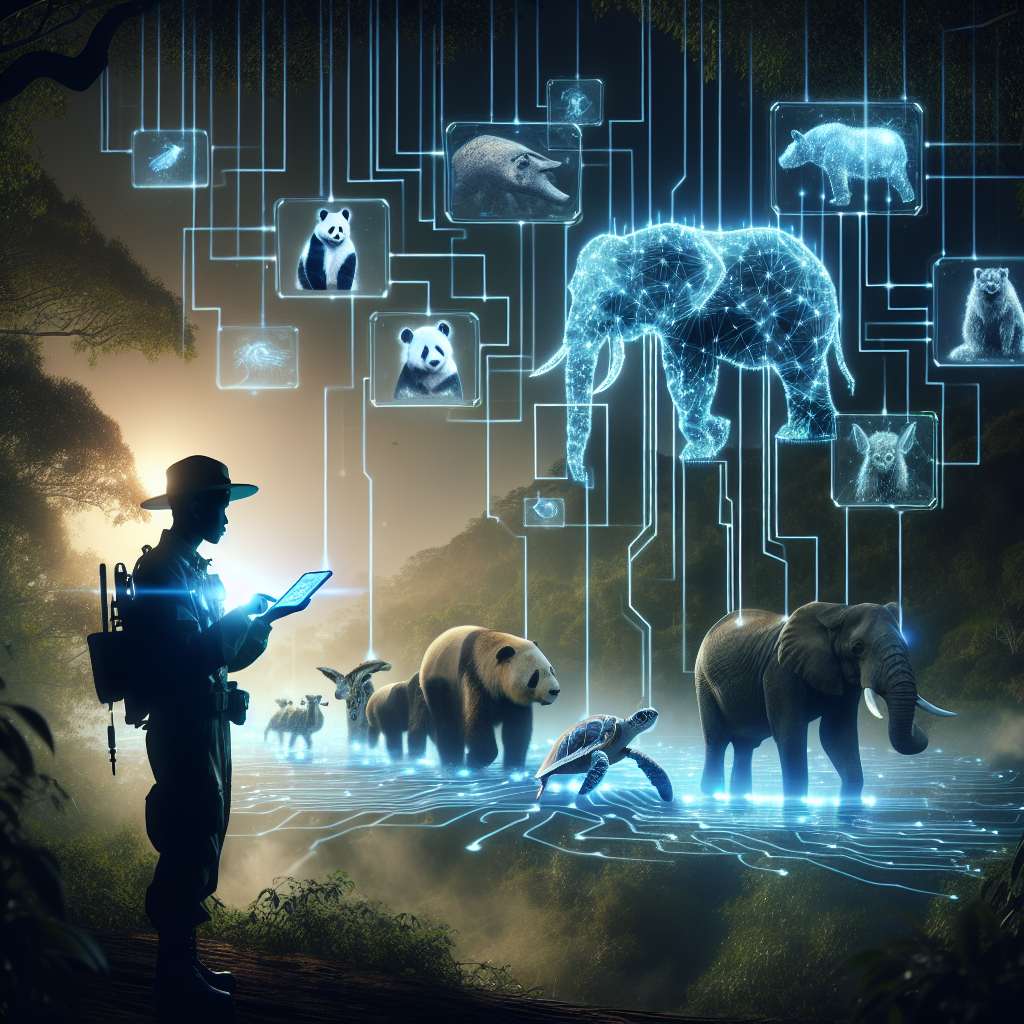As the world grapples with the devastating effects of climate change and habitat destruction, the need to protect endangered species has never been more critical. With over 27,000 species threatened with extinction, according to the International Union for Conservation of Nature (IUCN), the task of monitoring and preserving these animals is a daunting challenge. However, with the rapid advancements in artificial intelligence (AI) technology, conservationists now have a powerful tool at their disposal to help safeguard these vulnerable species.
AI has the potential to revolutionize the way we monitor and protect endangered species. By using machine learning algorithms, AI can analyze vast amounts of data collected from remote sensors, camera traps, and satellite imagery to track the movements and behaviors of animals in their natural habitats. This information can provide valuable insights into population trends, habitat preferences, and potential threats facing these species.
One of the key benefits of using AI in conservation efforts is its ability to process data at a much faster rate than human researchers. This allows for real-time monitoring of endangered species, enabling conservationists to respond quickly to emerging threats such as poaching, habitat destruction, and climate change. AI-powered tools can also help identify previously unknown patterns or correlations in the data, providing new avenues for research and conservation strategies.
In addition to monitoring endangered species, AI can also be used to predict and prevent future threats to these animals. By analyzing historical data and environmental trends, AI algorithms can forecast potential risks to species populations, such as changes in climate, habitat loss, or invasive species introductions. This information can help conservationists develop proactive strategies to mitigate these threats and protect vulnerable species before it’s too late.
Furthermore, AI can assist in the identification and tracking of individual animals within a population, which is crucial for effective conservation efforts. By using facial recognition technology and other biometric data, AI can help researchers monitor the movement and health of specific animals, enabling them to better understand population dynamics and behavior patterns. This information can inform conservation strategies, such as targeted interventions to protect key individuals or breeding groups.
Overall, the integration of AI technology into conservation efforts has the potential to significantly enhance our ability to monitor and preserve endangered species. By providing real-time data analysis, predictive modeling, and individual tracking capabilities, AI can help conservationists make more informed decisions and take proactive measures to protect these vulnerable animals and their habitats.
FAQs:
Q: How does AI help in monitoring endangered species?
A: AI technology can analyze large amounts of data collected from remote sensors, camera traps, and satellite imagery to track the movements and behaviors of endangered species in their natural habitats. This information provides valuable insights into population trends, habitat preferences, and potential threats facing these animals.
Q: Can AI predict future threats to endangered species?
A: Yes, AI algorithms can analyze historical data and environmental trends to forecast potential risks to species populations, such as changes in climate, habitat loss, or invasive species introductions. This information can help conservationists develop proactive strategies to protect vulnerable species.
Q: How does AI assist in the identification and tracking of individual animals?
A: By using facial recognition technology and other biometric data, AI can help researchers monitor the movement and health of specific animals within a population. This information enables conservationists to better understand population dynamics and behavior patterns, informing targeted conservation strategies.
Q: What are the benefits of using AI in conservation efforts?
A: AI technology allows for real-time monitoring of endangered species, faster data processing, predictive modeling of threats, and individual tracking capabilities. These benefits enable conservationists to make more informed decisions and take proactive measures to protect vulnerable species and their habitats.

